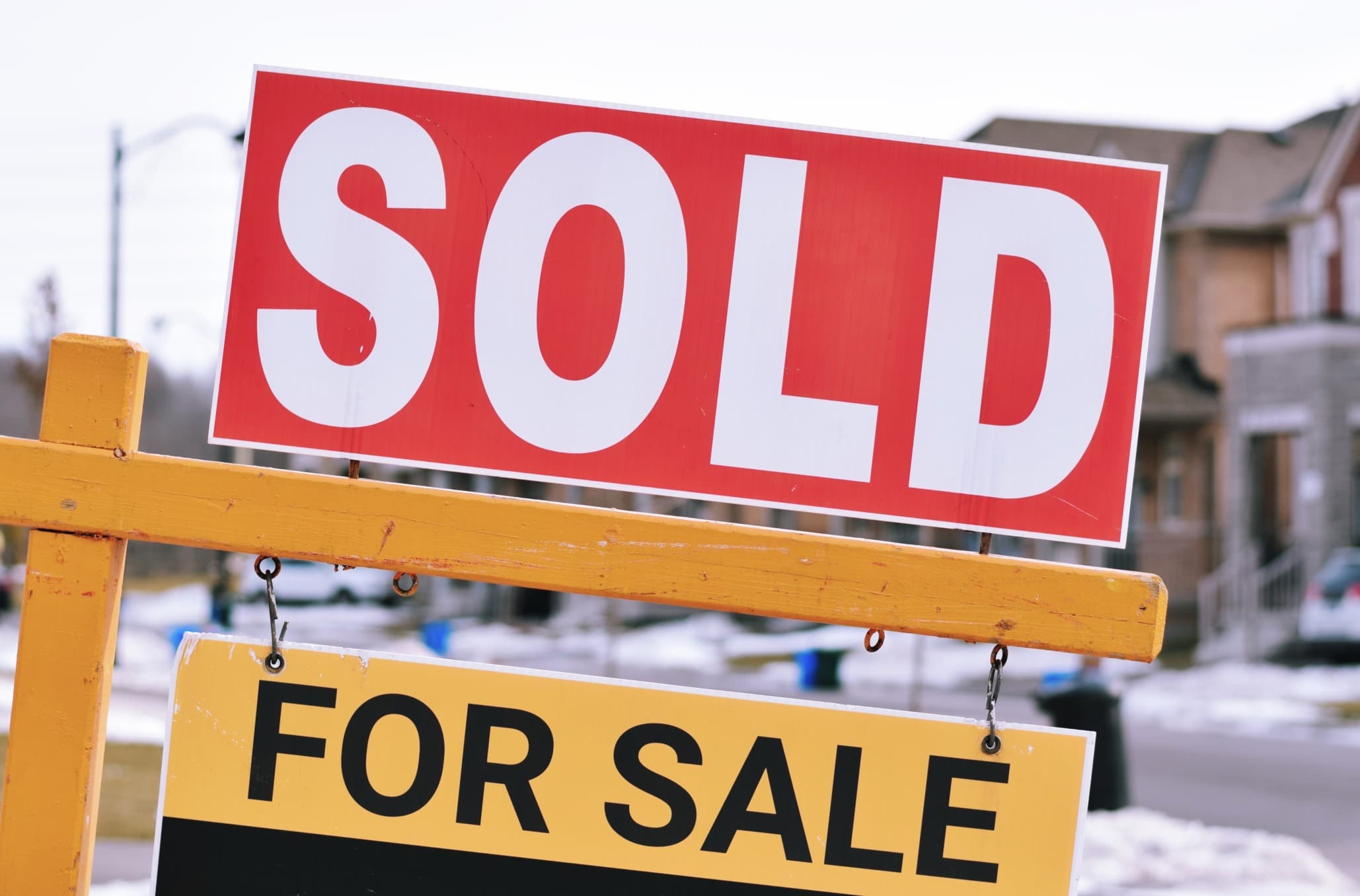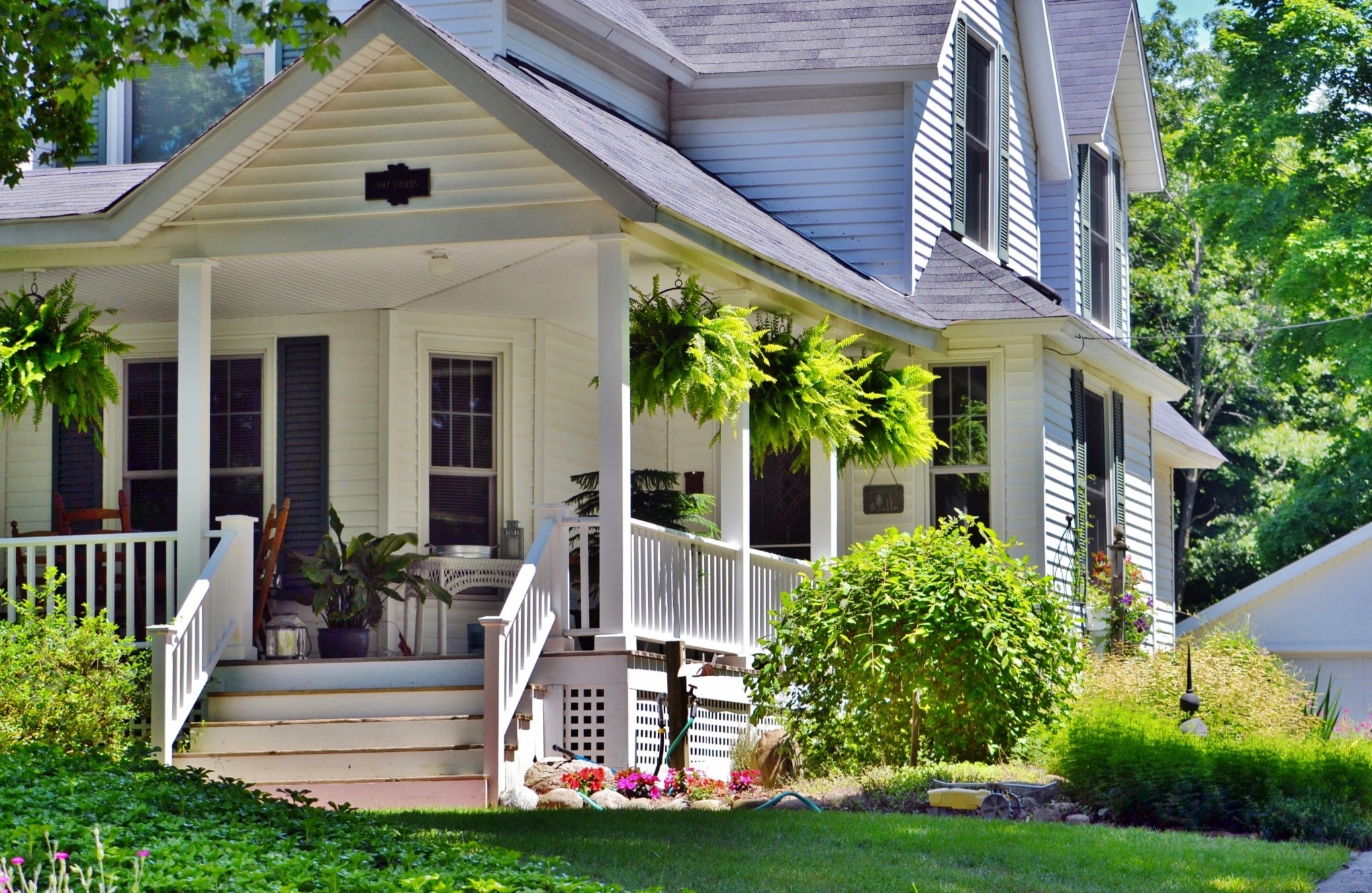When it comes to getting a home sold, it’s vital that you price it properly. Common home pricing mistakes can kill a listing faster than just about anything else. When you take on a new listing, the last thing you want to do is make a common pricing mistake.
One of the best ways to avoid making a home pricing mistake is to become aware of the common mistakes. Let’s look at some of the common home pricing mistakes you should avoid.
7 Common Home Pricing Mistakes to Make Sure You Avoid

1. Setting the Price Too High
A price too high for a home listing will drive away potential buyers. This can cause the property to sit on the market for far too long, which makes it look like there is a problem with the property.
Making this common home pricing mistake can make it rather difficult to sell the home. You want to make sure the price is just right, not too high.
2. Setting the Price Too Low
Just as too high of a price can drive away buyers, so can too low of a price, but for a different reason. If the deal seems too good to be true, buyers will likely assume something is wrong with the home.
Make sure you use comps to price the home properly. Too low of a price can certainly cause issues.
3. Using a Tax Assessment to Determine the Listing Price
You don’t want to use the tax assessment to set the price for a home listing. Most tax assessments are not based on the value of the property, exactly. The assessed value and the fair market value are not the same things.
If you choose to use the assessed value, you will likely price the home too high or too low. Market value is far more important and you want to avoid this pricing mistake.
4. Using a “9” at the End of the Price
It used to be common for the price to end with a 9. Grocery stores and retail stores have used this strategy in the past, but it has changed. With the online world and the way searches work, you don’t want to price the home with a 9 at the end, such as $299,999.
If you make this mistake, you will miss out on all the searchers starting their search at $300,000. It’s best to advise sellers to use specific pricing to help capture more online searchers.
5. Comparing Home to Neighbor’s Homes
While comparable properties can certainly be used to properly price a home listing, not all homes are the same in the same neighborhood. You cannot just assume because a home down the road sold for a specific price that your client’s home will go for that price or higher.
Homes can be located next to each other and have a different fair market value. When pulling comparable properties, you have to compare apples to apples and make small adjustments for the small differences. A comprehensive comparative market analysis is the best way to determine an accurate fair market value price when listing a home.
6. Adjusting the Price Based on Improvements
While making improvements to a home before listing it can help boost the value, you cannot boost the price based on how much the improvement cost. Some home improvements will provide a higher ROI than others, but very few will provide a 100% ROI immediately after the improvement.
7. Using Online Estimates for Pricing
Online home price estimates are no more than a guesstimate of the property value. While they can be helpful, in some ways, they are not the best choice for pricing a home listing. The true market value has to be supported by comparable properties.
Avoid using online estimates as a way to price home listings. This is a mistake a real estate agent should never make.
A Few Home Listing Price Factors to Consider

While these common home pricing mistakes should be avoided, there are a few things you should pay close attention to when pricing a home. Certain things need to be considered, even as you do a comparative market analysis. Some of the common things to look for include:
- Plumbing and electrical updates
- Building permits for completed remodeling
- Updated kitchens and bathrooms
- Legal home improvements and alterations
- Lot size and location in the neighborhood
- Traffic volume going past the home
- Local school system ratings
These factors can have an impact on how high the price can go for a property. If remodeling was done, but it wasn’t legal or permitted, you might not be able to count it in the price. Make sure to consider these factors so pricing mistakes can be avoided with your listings.
When a home is properly priced, it can sell faster and for a higher price. A good listing price will garner attention from buyers and a bidding war might happen.



